A year after COVID-19 turned summer learning programs upside down, youth in five communities reveled in a full return to engaging, in-person activities this summer — with recommended safety guidelines in place and the support of dozens of partners.
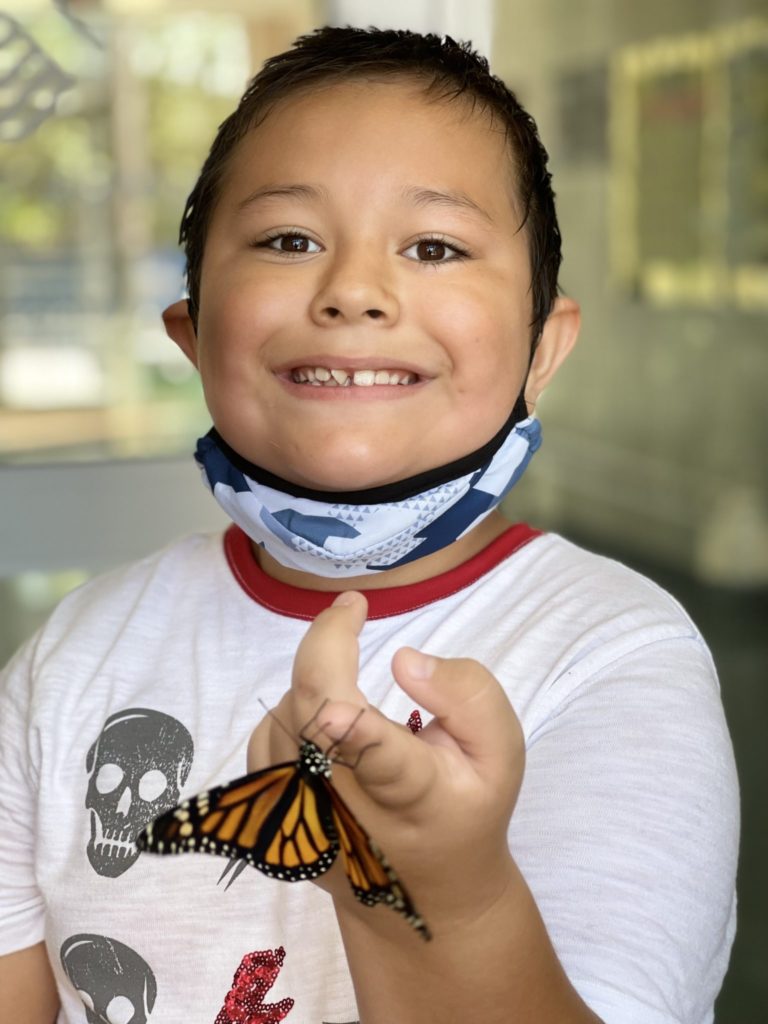
These programs were part of United Way of Rhode Island’s Summer Learning Initiative (SLI) which provides high-quality, high-impact opportunities for students to explore new topics and ideas all summer. SLI is funded by the donations of thousands of Rhode Islanders to the Community Impact Fund with additional support from Hasbro and Women United.
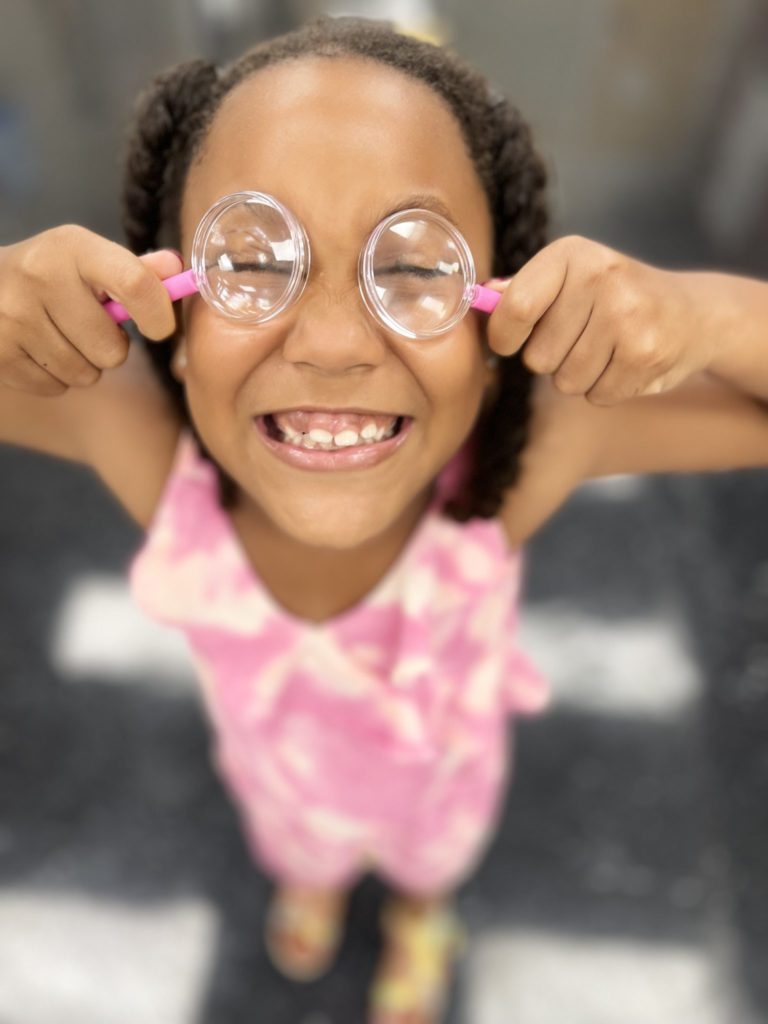
“It was awesome to see these kids make up for lost time being around their peers and get excited about the different projects they took on,” said Kevin Lamoureux, one of the educational coordinators for the program run out of Hamlet Middle School.
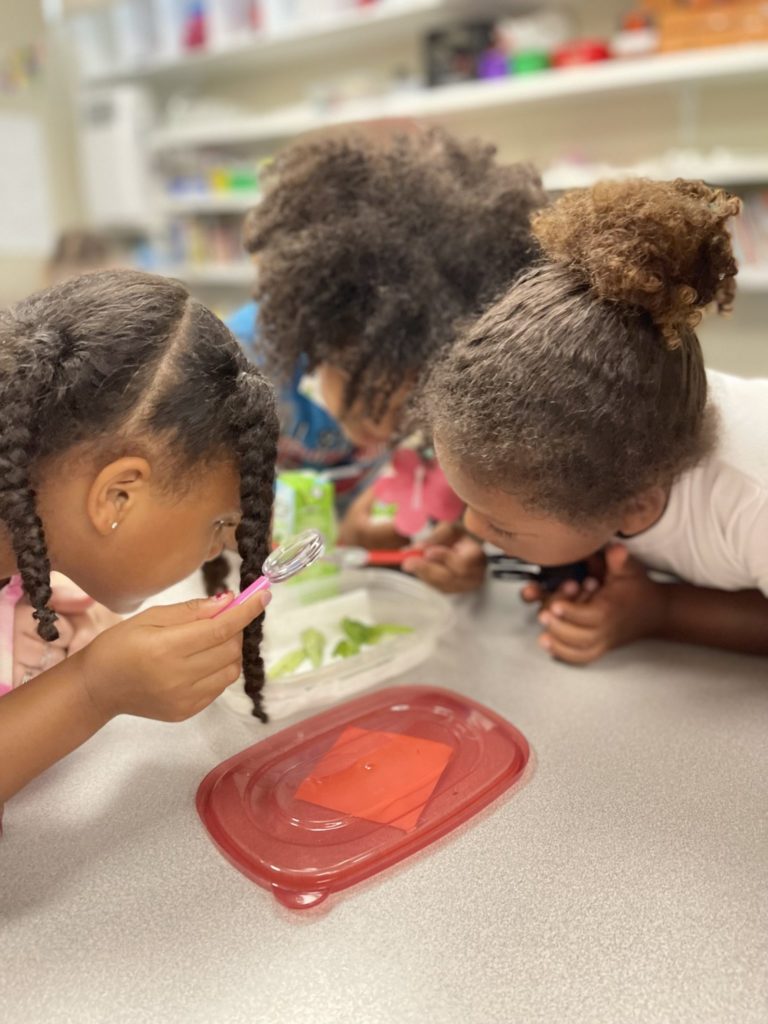
Throughout the state, students who ranged from rising first graders to high school juniors spent six weeks sharpening their social-emotional skills, tackling service projects to address community needs, and preparing their minds for a return to the classroom.
It was exactly what kids needed after 14+ months of academic uncertainty and distance learning. In the face of the trauma of a global pandemic, friends reconnected with friends and kids were able to be kids — with academics seamlessly embedded into their daily activities.
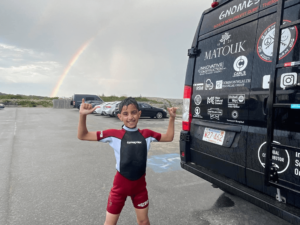
In Cranston, elementary-age students couldn’t wait to see what surprises their program partners had in store, like Roger Williams Park Zoo, Ocean State Kidz Club, and Global Science Envirotech to name a few. Science lessons in the form of weekly trips to Stillhouse Cove were highly anticipated, with kids learning about water pollution and wildlife protection. They’d regularly test the water for its pH and oxygen levels, explore for bugs and crabs, and play “Bird Bingo.” And on the program’s final day, students hosted a Science Showcase to highlight their efforts.
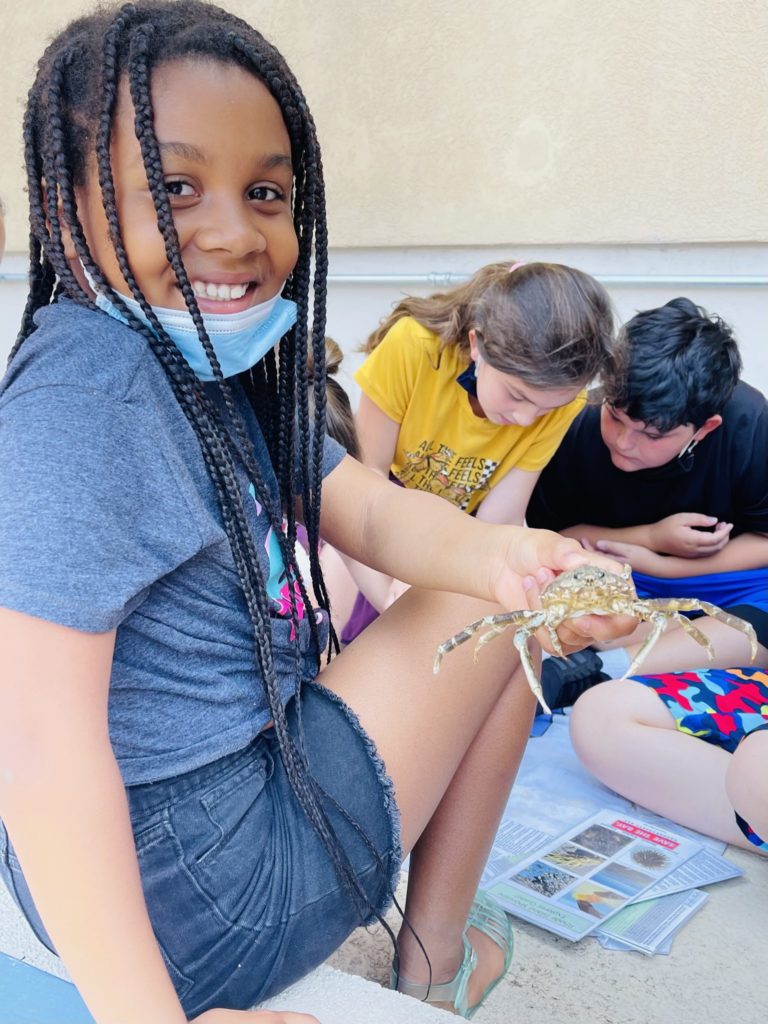
Nearby, at Park View Middle School, high school students spent time this summer building remote operated vehicles using 3-D printed materials and testing circuit experiments.
“You’ve got to be really precise with what you do,” said Andy Wu, an incoming sophomore at Cranston East High School, when he spoke to the Cranston Herald during the paper’s visit to the program in August.
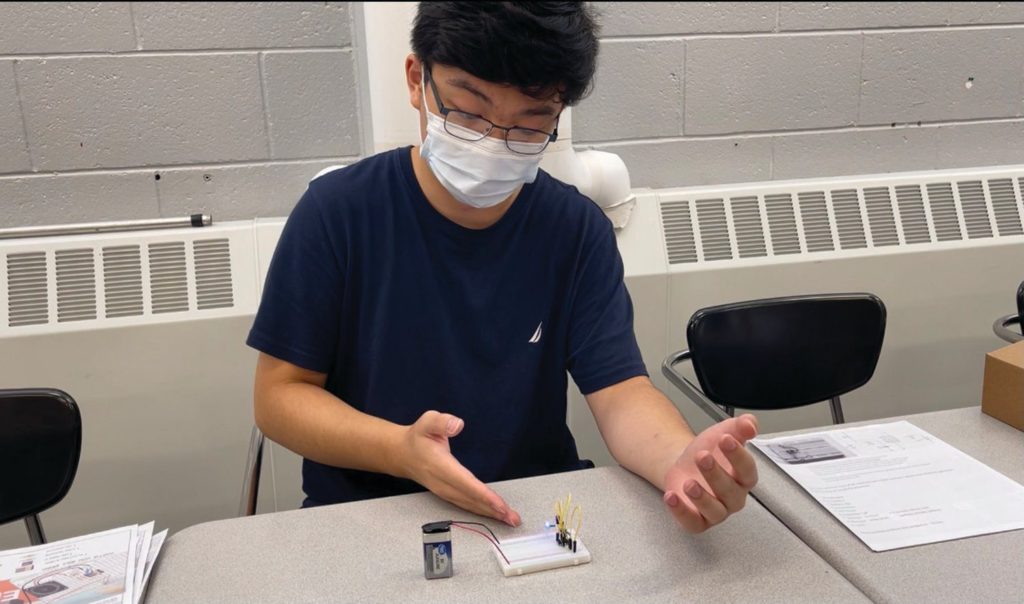
STEM-focused lessons and projects weren’t the only hits among this summer’s participants. In fact, a major component of the SLI — service learning projects driven by youth choice — stole the show in each community (Central Falls, Cranston, Newport, Westerly, and Woonsocket) where it had a presence.
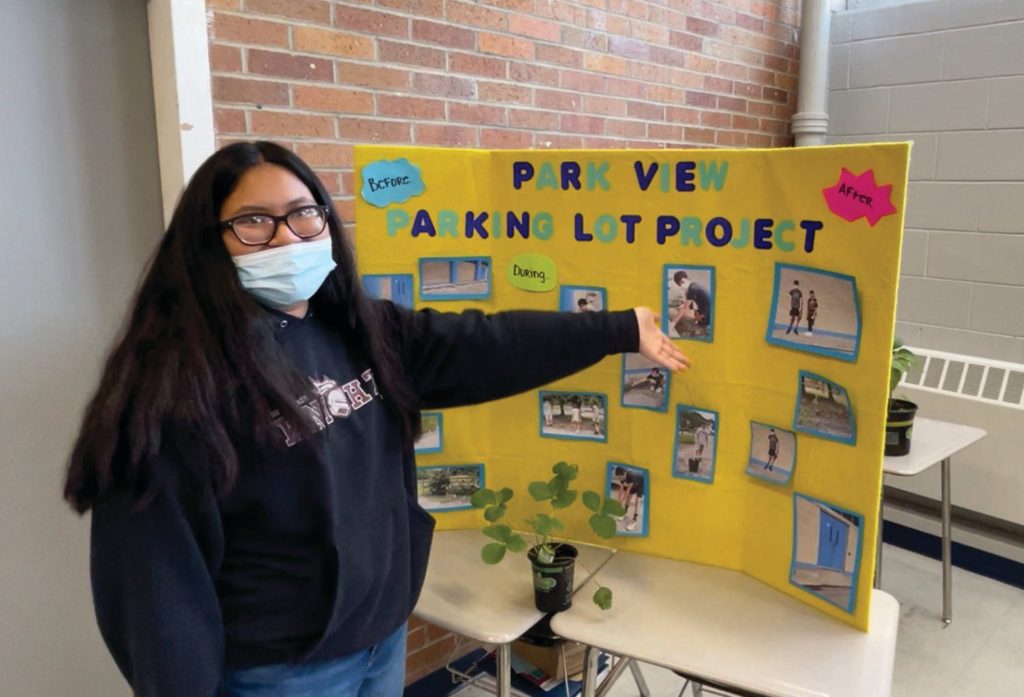
There were students who made pet toys to donate to their local animal shelter, and kids who volunteered to paint the picnic tables at their school in hopes it would encourage people to use them more. Others, like a group in Westerly, helped expand a community garden. And in Newport, a kid-run lemonade stand doubled as a fundraiser for a local nonprofit that brings birthday parties to hospitalized children.
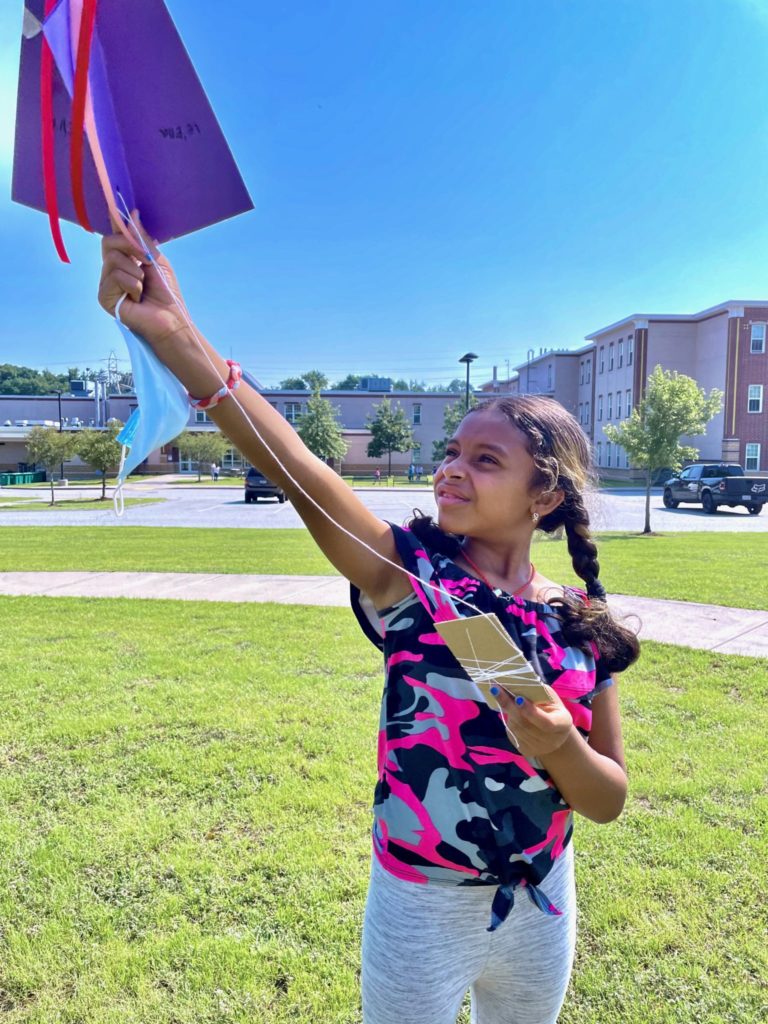
“The model of this program, which is built around funding a lead partner who engages other community organizations and benefits from extensive support from United Way, has proven successful on so many levels,” said Marlene Guay, our program officer for child development and education initiatives. “What we need to do next is ensure every single Rhode Island student who wants to participate has that access.”
